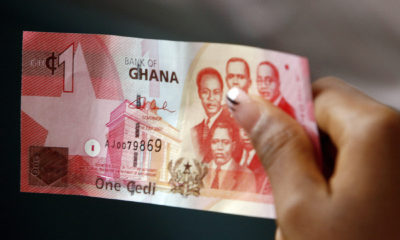European equity markets are a little flat on Wednesday, with inflation data this morning once again offering a reminder of the struggles that lie ahead.
Not that we need reminding given all of the data we’ve seen recently. And then there are the gloomy forecasts from central banks, with even the Fed now targeting a softish landing which feels very much like the stage before a mild recession. It may be time to buckle up and prepare for a very bumpy year.
Will BoE move to super-sized rate hikes?
UK inflation is running at a 40-year high and it’s not peaked yet as the cost-of-living crisis looks set to squeeze the economy into recession. While annual inflation came in slightly below expectations at 9%, pressures are broad-based and as the year progresses, it is expected to hit double figures.
There is still plenty more pain to come for households, most notably when the energy price cap increases again in October. But price increases are broad-based, as evident in the jump in core inflation to 6.2%. This comes as the Bank of England has warned of more pain and a probable recession, as it continues to aggressively raise interest rates in the hope of being able to catch up without inflicting too much harm in the process.
Like many other central banks, it has been heavily criticised for its misjudged faith in pandemic-induced inflation being transient for too long. And in the UK’s case, the problem looks far greater and more widespread, with Brexit effects compounding the problems and driving up prices. Can the BoE afford to continue raising rates so gradually, as markets expect with 25 basis points every meeting or will they be forced to join their US counterparts with super-sized hikes? Pressure is mounting.
Oil higher as China starts reopening
Oil prices are on the rise again as Shanghai takes a big step towards reopening following three days of no new cases in the broader community. Restrictions have been tight in many cities across China which have helped keep a lid on oil prices in this very tight market. But with activity now likely to pick up, crude prices could be on the rise once more.
Efforts toward a Russian oil embargo have failed, with Hungary continuing to stand in the way. That could be slowing the rally in oil still, as could US talks with Venezuela which may eventually lead to additional supply. Although ultimately, this comes at a time when major producers simply aren’t producing as much as they should. Russia saw its output fall by another 9% last month as a result of sanctions, which contributed to OPEC+ producing 2.6 million barrels below target, lifting compliance with cuts from 157% to 220%.
Gold looking shaky once more
Gold is a little lower on Wednesday, as the dollar strengthens once more following a few days of declines. We’ve seen a slight corrective move in the greenback which has eased some of the pressure on the yellow metal but we may be seeing that return already. Gold is currently trading a little over $1,800 and a break of it could trigger another wave lower as investors continue to factor in more interest rate hikes and therefore higher yields.
The path of least resistance
With risk aversion starting to creep back in, bitcoin finds itself back below $30,000 which may make some a little nervous. It was always going to be difficult for risk assets to significantly build on the rally in the current environment. What may be encouraging to some is that we haven’t seen a sharp reaction to the move back below such a key level. Of course, that could quickly change with below appearing to offer the path of least resistance.





























